8 May 2025
Sought-after cars that sold by the bucketload in their heyday
They were regarded as ‘common or garden’ - such was their ubiquity - and we took them for granted, but now many of the best sellers of the past have morphed into rarified treasures that classic enthusiasts are seeking out.
Here are just a few volume models of the past that are now hard to come by.
Toyota Corolla
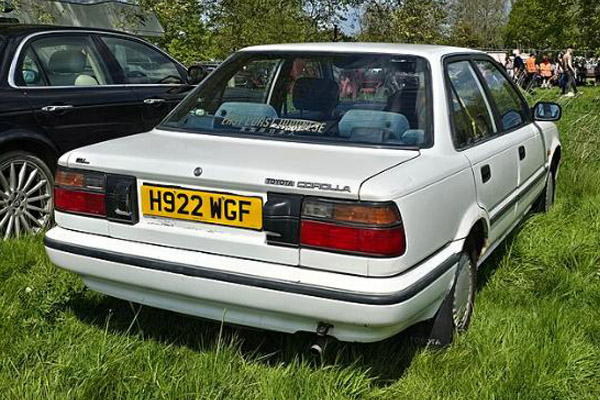
The Corolla name-plate has appeared on more vehicles worldwide than any other, with more than 50 million sold to date, so it does qualify as a best seller by some margin. Of course, the Corolla is still being made (it did make way for the rather homogenous Auris model for a while), and is now in its 12th generation such is Toyota’s trust in it. It is a longstanding model, dating back to 1966: these early examples will be the most desirable and predictably they are very hard to come by. So how did this humble vehicle last so long? Simply, a reputation for quality, durability and reliability did all the work and it’s that credibility that makes the Corolla something of a legend. Why a buy a boring old Corolla? Well, it won’t let you down, whatever generation you choose.
Ford Fiesta Mk1
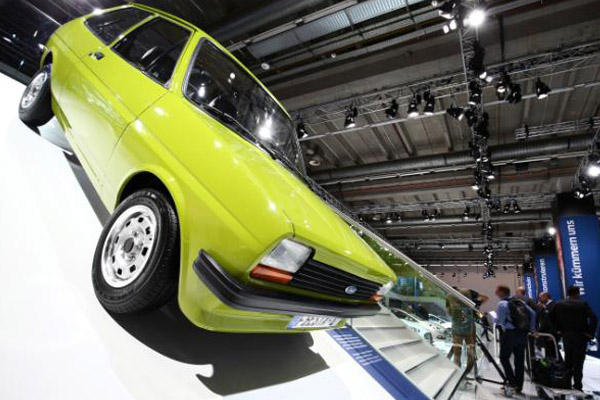
The Ford Fiesta was introduced to the UK in 1976 and although specific sales data for the Mk1 is sketchy, millions of cars were sold around the globe and it regularly topped the charts as a UK best seller throughout its lifetime, often swapping places with its main rival, the Vauxhall Corsa and its Ford bedfellow, the Escort/Focus. What qualifies as the best iteration is arguable: the Mk2 is a wonderful evolution of the Mk1, but the Mk1 is where Ford’s romance with the hatchback started. The Mk1 spawned the Super Sport – a warmer version of the base models – and then the XR2, a hotter, swifter version that garnered the interest of ’80s boy racers that needed a rush of speed for not much money.
Vauxhall Cavalier Mk1
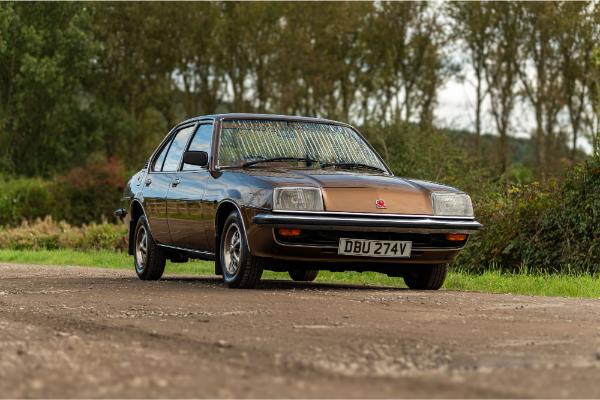
Photo courtesy of Hampton Auctions
The Mk1 Cavalier was launched in November 1975 as the UK version of the Opel Ascona, which was sold in Europe. The two cars were virtually identical save for the sloping headlights on the Cavalier, where the Ascona had the more bluff, horizontal front end. The Mk1 Cavalier was an attractive alternative to more mundane models aimed at company car drivers. The Cortina Mk III may have been the default choice for sales execs but the Cavalier was a more thoughtful acquisition. The design was slightly sleeker and justification for the purchase could be underlined by a group test in What Car? magazine that gave a much higher rating than the Cortina and the somewhat hapless Morris Marina. That group test may have been the blast that Vauxhall needed: demand for the Cavalier initially outstripped supply and by the time the Mk2 version entered the fray, Vauxhall knew it was on to a winner. Even though the Mk2 was a vastly superior car, it is the Mk1 that still has a place in the heart of dyed-in-the-wool Vauxhall enthusiasts.
Volkswagen Beetle
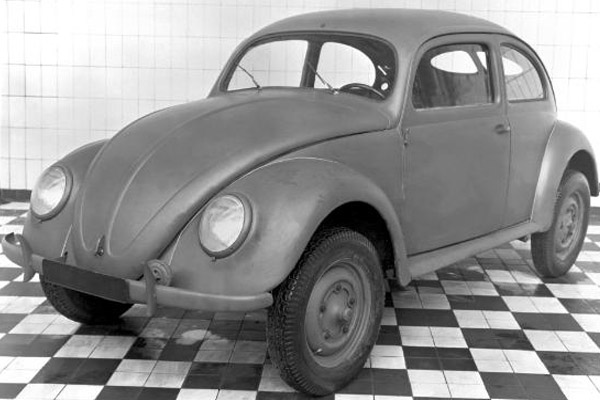
The Beetle has had a long old life. The first Beetle rolled off the assembly line in1938 to begin a production period of 65 years. More than 21.5 million Beetles have been built subsequently and it’s no understatement to say that it is a much loved icon in spite of a rather awkward association. It was Adolph Hitler who decided there was a need for a people's car (thus Volks Wagen) and the brief was to produce an inexpensive, simple, mass-produced car. The result was the Volkswagen Type 1 and the introduction of the Volkswagen brand. The Beetle design hardly changed over the years: the bulbous silhouette was not to be tinkered with and that is part of the charm. Hippies, air-cooled evangelists and geography teachers would embrace the ‘Bug’ and now, something of a cultural expression, it retains its charm. It’s unlike any other and for owners, it’s regarded as part of the family. Many have been restored to former glory so if you do happen on a decent example, it would be wise to snap it up.
Nissan Primera
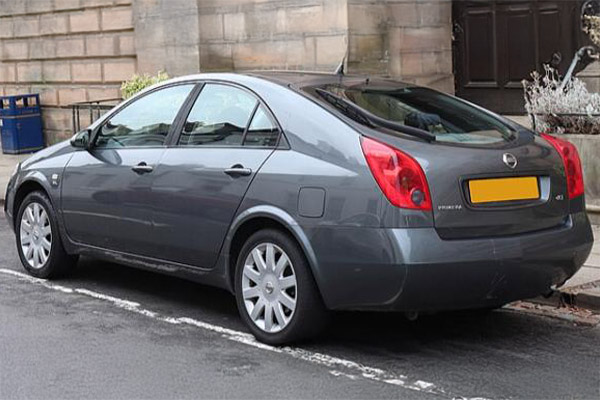
DVLA survival stats tell us the number of Nissan Primeras is rapidly diminishing and if you can get your hands on a survivor then you’ll be doing well for yourself. The Primera wasn’t a particularly strong seller in the private market – Vauxhall and Ford had the stranglehold on that and the company car sector – but it was strong in the fleet market, and was particularly popular with cab drivers, such was its reliability. Launched in 1990, sales stuttered due to a legal battle between Nissan and its distributor, which caused issues with the dealer network. However, the car did gain traction with the UK car buying public throughout the ‘90s, and then sales were given a real shot in the arm when Matt Neal secured the BTCC crown in 1999 aboard a Nissan Primera. As a dependable workhorse, the Primera represents a sound buy, if you can find one.
Jaguar X-Type
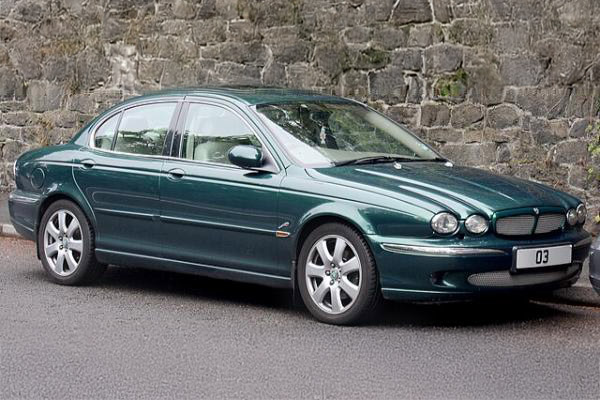
It’s not the sexiest Jag, nor the most desirable, but more than 350,000 were built over its eight-year manufacturing run. Launched in 2001, it isn’t one for Jaguar purists, but it has a lot going for it. A four-door saloon, it was aimed at execs who didn’t want to go ‘German’. It was something of a statement that you had not followed the BMW or Mercedes-Benz crowd and that you instead opted to buy British. The X-Type may not have been as technologically advanced as its German rivals, but it was not without merit. The engines were sweet and equipment generous: automatic climate control, eight-way power driver’s seat, wood interior trim, tilt-and-telescope steering wheel, six-speaker, 120-watt AM/FM/CD stereo, one-touch power windows, a power tilt-and-slide glass sunroof and 16-inch alloy wheels were standard-fit items. X-Type numbers are dwindling and if you are looking for a luxury saloon that won’t break the bank, then it’s time to snap one up.
Lada Classic
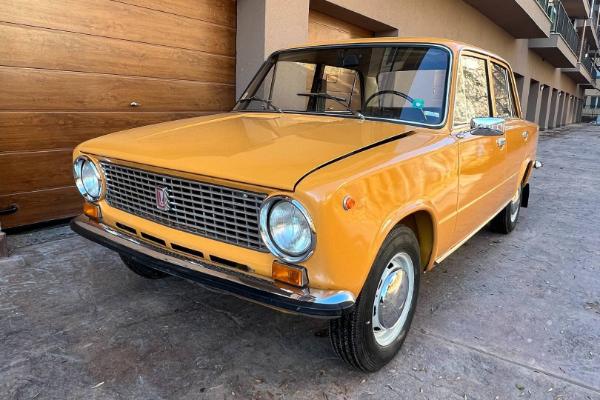
Photo courtesy of Classic Trader
Lada, subject of many jokes, but not anymore. If you do find yourself in possession of this three-box classic (bonnet, boot, roof) then hang on to it because there aren’t many in circulation now. The Lada was based on the Fiat 126 and it was part of the furniture for the former Soviet Union. Around 18 million were sold over its 42-year lifespan and, while basic in terms of design and technology, it is a decent workhorse with not many bits that can go wrong. Simple, yet effective. The Lada may have got a ribbing from generations that thought the Ford Cortina was a luxury saloon, but now it has the last laugh, and even examples in prosthetic-leg beige can command high prices.
Volkswagen Golf Mk1
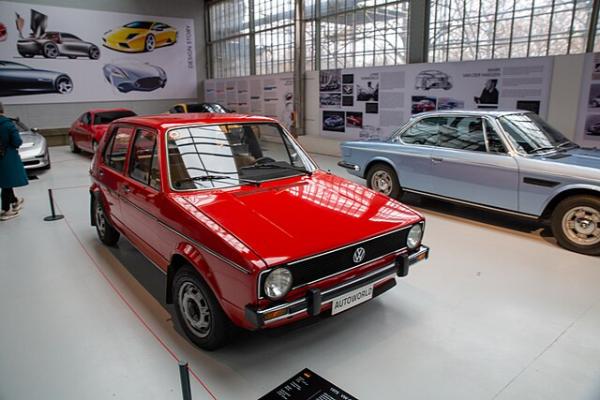
The Volkswagen Golf was the ultimate hatchback – the original – and this is where the love affair with five-door vehicles began. Of course, the Golf is still alive and well and in its eighth iteration, but it’s hard not to think of the Mk1 when somebody mentions this model. Mk1s are sought after, and prices are starting to become prohibitive. And for good reason: it looks great, it’s practical, reliable and parts are easy to come by. The halo model, the GTI, is the version that gets all the plaudits – the motoring glitterati can’t help themselves when asked to gush word salad in extremis, but the standard model still turns heads much to the delight of their proud owners.
Ford Cortina

The Ford Fiesta, the Vauxhall Astra and the Escort have all sold in greater numbers than the Ford Cortina, but if you want rarity, the Cortina in any of its four iterations is worth searching for. More than any in the 60s and 70s, it epitomised middle-class aspiration. A Cortina parked on the front drive of your semi-detached told your neighbours that you were doing alright, and if you had a 1600E (the Executive, no less), you were almost certainly middle management. The car has achieved legendary status and all without the help of TV shows such as The Professionals or The Sweeney to drive sales. The four versions were all wonderfully different in design – no evolution here – and each had their own character to enable a Cortina enthusiast to reasonably pick a favourite without hesitation. The Cortina is a marker in British history, revealing what we feel about aspiration, success and our position in society. It’s also rather nice to drive.

COMMENT